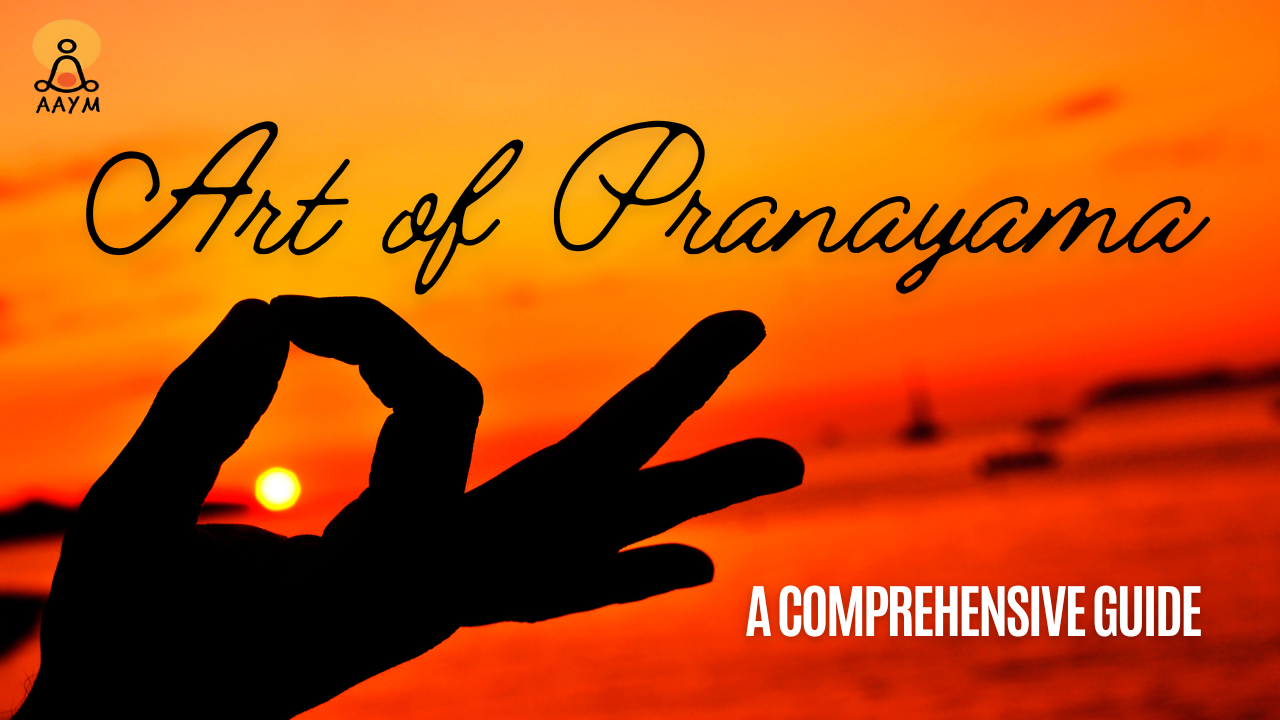Introduction to Pranayama
Pranayama, a crucial aspect of yoga practice, involves the regulation and control of breath. It encompasses three fundamental phases: external outward flow, internal inward flow, and the depth of both during the transitions, which is known as retention or suspension. When performed correctly, Pranayama harmonizes the breath, making it slow and subtle, leading to numerous physical and mental health benefits.
Preparations for Practicing Pranayama
Before you dive into the practice of Pranayama, there are several important preparations to ensure a conducive environment and maximize the benefits:
- Choose a Clean and Quiet Space: Ensure that the area where you practice is neat and clean. A well-ventilated room is ideal for Pranayama.
- Consistency in Practice Location: Use the same place for your daily practice to intensify the benefits.
- Avoid AC Rooms and Extreme Temperatures: Do not practice in an air-conditioned room. Beginners should avoid open spaces like gardens or rooftops, especially when the weather is too hot or cold.
- Listen to Your Body: Do not overexert yourself. Gradually increase your lung capacity by practicing slowly and mindfully.
- Seek Guidance from a Guru: It is advisable to learn Pranayama under the supervision of an experienced guru to avoid any harmful effects.
Essential Precautions
- Light or Empty Stomach: Practice Pranayama on a light or empty stomach, waiting at least 2-4 hours after a meal.
- Comfortable Attire: Wear loose and comfortable clothing to allow free movement of your body.
- Posture: Adopt a comfortable sitting position like Padmasana or Vajrasana. Keep your spine, neck, and head erect.
- Avoid Distractions: Ensure there are no outside disturbances. Avoid smoking, alcohol, and non-sattvic foods.
- Natural Breathing: Maintain natural and regular breathing throughout your practice.
Techniques of Pranayama
- Abdominal Breathing
Purpose: Achieves movement of the diaphragm.
Steps:
– Sit in Vajrasana, Sukhasana, or Padmasana.
– Inhale and fill the abdomen by expanding the abdominal wall.
– Exhale by contracting the abdominal muscles, moving the navel towards the spine.
– Repeat until comfortable.
- Thoracic Breathing
Purpose: Requires movement of the ribs.
Steps:
– Sit in Vajrasana, Sukhasana, or Padmasana.
– Inhale and extend the chest without moving the abdomen.
– Exhale and contract the chest downwards and inwards.
– Repeat until comfortable.
- Shoulder Breathing
Purpose: Achieves inhalation and deflation of the lungs.
Steps:
– Sit in Vajrasana, Sukhasana, or Padmasana.
– Cross your arms and place the palms on opposite shoulders.
– Inhale by drawing the shoulders and collarbones upwards.
– Exhale and release the shoulders and collarbones downwards.
– Repeat until comfortable.
- Yogic Breathing
Purpose: Combines abdominal, thoracic, and shoulder breathing.
Steps:
– Sit in Vajrasana, Sukhasana, or Padmasana.
– Inhale, starting with filling the abdomen, then extend the ribs, and finally draw the shoulders upwards in a continuous flow.
– Exhale by releasing the shoulders, contracting the ribs, and finally contracting the abdominal wall in a continuous flow.
– Repeat until comfortable.
Practice and Relaxation
– Perform repetitions according to your comfort level. Starting with 1-3 rounds is sufficient, gradually increasing to 11 rounds if desired.
– Do not overdo it. Extend your practice only as much as you feel relaxed and are enjoying it.
– After each Pranayama session, practice Savasana or remain in a sitting pose with eyes closed to relax and assimilate the benefits.
Conclusion
Pranayama, when practiced regularly and correctly, can bring profound benefits to your physical, mental, and spiritual well-being. By following the guidelines and techniques mentioned above, you can embark on a journey of self-discovery and holistic health. Remember, the key to successful Pranayama practice lies in consistency, mindfulness, and proper guidance. Embrace this ancient art and let your breath lead you to a state of inner peace and harmony.

